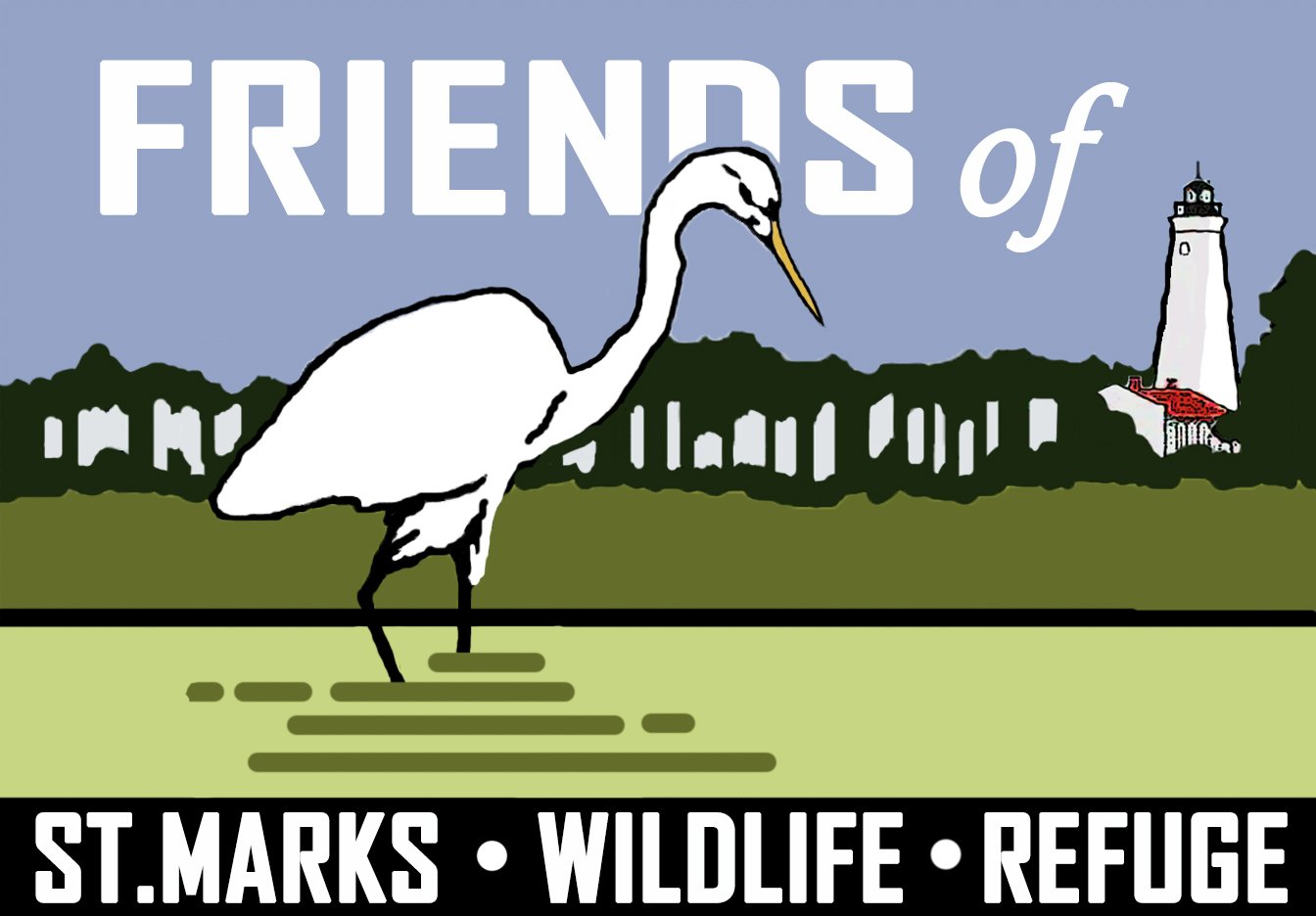A fat half moon hanging high in a clear dark sky at St. Marks NWR cast moon shadows as I struggled to re-lock the Tram Road gate just after 6:00 am. The moonlight had erased all but Jupiter and the brightest stars.
I was out for some night birding before starting a mid-March shorebird survey. It was a cool Spring morning and I had the seat heater on as I slowly rolled down Tram Road with the windows open listening for owls. The daylight savings time change has given me more darkness and I intended to use it.
I was almost out to Stony Bayou when I heard a King Rail’s metallic clicking next to the one lane dirt road I was on. I stopped to listen and record the call and noticed that the Eastern sky was beginning to lighten.
I turned onto the Stony Bayou II North levee and slowly drove out. It was a quiet morning. The wind began to pick up. There were no mosquitoes, just a few stray croaks and trills from unseen frogs.
After getting to my listening spot on the North levee. I left the car and began walking down the levee. I spotted an American Bittern’s sharp-pointed silhouette, stark against the rapidly-coloring Eastern sky. It circled me once and then headed over the marsh and disappeared over the tree line on the Northern horizon.
By now it was getting close to first light. Soras and Gallinules were calling. A Great Blue Heron flew by. I heard the week week call of a female Wood Duck and used it to track a pair flying by. The females use the call to maintain contact with their mate.
I drove down to the end of Stony Bayou II to get into position for sunrise and scared up about 250 Blue-winged Teal. Tree and Barn Swallows were beginning to rise up out of the marsh where they had spent the night, before continuing their Northward migratory trek. I saw a newly arrived Cattle Egret hunkered down with Black Crowned Night Herons.
The middle of March is a transition period on the Gulf coast. Winter birds slip away and Summer birds arrive. Yellow-bellied Sapsuckers are mostly gone and newly arrived Parula Warblers are singing on territory.
Most of the shorebirds are late leaving this year. I logged 3,279 shorebirds of 15 species, more than should be here. Shorebirds usually begin to move out at the end of February and these are winter levels. Summer-breeding Wilson’s Plovers have shown up on time, but Dunlins are still here in robust numbers. I counted 2,052 of them while getting eaten by no-see-ums.
The gates of Stony Bayou 1 have been opened and its mudflats have most of the shorebirds. Most of the remainder were on Tower Pond, which will shorty be flooded as part of the seasonal management program. I did not see the Vermilion Flycatcher. It may have left for the season, but the American Flamingo is on East River Pool.
Just as I was leaving, I saw two Swallow-tailed Kites floating high above East River Pool, heading North. It’s likely that they had just completed a 600-mile trans-Gulf flight.
Due to the Coronavirus pandemic, all field trips, Lighthouse tours and other public activities at the refuge have been suspended. However, if you are looking for an opportunity for social distancing, St. Marks’ 80,000 acres are open for birding, hiking, bicycling, fishing and whatever else you can think of to do outdoors.
Or you can just stay at home with the blinds closed and watch tv.
Don Morrow, Tallahassee, FL

